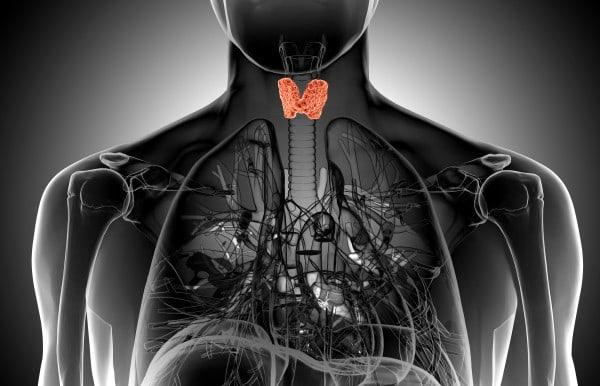Stroke, also known as cerebrovascular accident, is a type of brain dysfunction caused by a disruption in cerebral blood circulation, and it claims millions of lives globally every year, being a significant factor in disability and mortality. The disease is associated with various factors, including hypertension, high blood lipids, diabetes, and unhealthy lifestyle habits.
Unhealthy dietary habits are a key trigger for stroke. Regular consumption of high-fat, high-cholesterol foods can lead to atherosclerosis, increasing the risk of the disease. Therefore, it is recommended to adjust the diet by reducing oily and heavy-flavored foods, increasing the proportion of vegetables, fish, and whole grains to ensure a balanced diet.
Lack of exercise is also a risk factor. Prolonged sedentary behavior can lead to weight gain, high blood pressure, and poor blood circulation, increasing the likelihood of stroke. Experts recommend engaging in at least 2.5 hours of aerobic exercise and strength training per week to maintain physical vitality.
Smoking is a major controllable risk factor for stroke; the chemicals released from smoking can damage the vascular endothelium, promote atherosclerosis, and increase the risk of thrombosis. Smoking cessation is crucial for reducing the risk of stroke, as well as promoting overall health and reducing the risk of other chronic diseases.
Excessive alcohol consumption is also associated with the risk of stroke; too much alcohol can lead to problems such as hypertension, obesity, and arrhythmia. It is advisable to limit alcohol intake to no more than two drinks per day for men and one drink per day for women, especially for those with a history of cardiovascular disease or family history of stroke.
As age advances, particularly after the age of 50, vascular elasticity decreases, making vascular health maintenance a priority. Here are some practical recommendations:
– Regular medical check-ups to monitor blood pressure, blood sugar, blood lipids, etc., to detect and intervene in risks early. – Maintain a healthy diet, consuming more vegetables, fruits, fish, whole grains, and nuts, while reducing salt, fat, and sugar intake. – Engage in consistent exercise, combining aerobic activities with strength training to strengthen cardiovascular function. – Quit smoking and limit alcohol consumption to effectively reduce the risk of stroke. – Manage weight control to avoid obesity, balance diet with appropriate exercise. – Effectively manage stress through yoga, meditation, or social activities to relax the mind.
In conclusion, by cultivating a healthy lifestyle, we can effectively reduce the threat of stroke, improve quality of life, and lay a foundation for future health.


